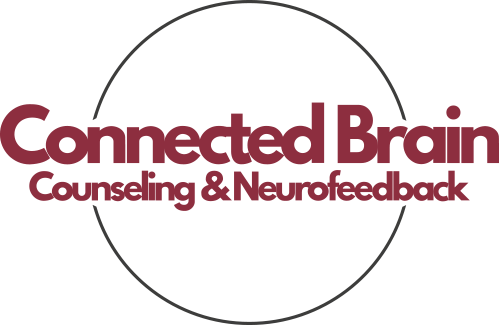What Does Friends with Benefits Mean?
Friends with benefits (FWB) refers to a relationship where two individuals are friends and also engage in a sexual relationship without the commitment of a romantic partnership. It’s a blend of friendship and physical intimacy, often chosen for its perceived simplicity and freedom from the obligations of traditional relationships.
- Friendship Base: The relationship starts with a genuine friendship.
- No Romantic Commitment: There is no expectation of romance or future commitment.
- Physical Intimacy: Sexual activities are a part of the relationship.
- Mutual Agreement: Both parties agree to the terms and boundaries of the relationship.
Rules for a Healthy Friends with Benefits Relationship
1. Clear Communication
Effective communication is crucial in any relationship, especially in an FWB situation. Discuss your expectations, boundaries, and feelings openly and honestly. Make sure both parties are on the same page to avoid misunderstandings.
2. Set Boundaries
Establish clear boundaries regarding the nature of your relationship. This includes what activities you’re comfortable with, how often you’ll see each other, and how to handle interactions outside of your FWB dynamic. Respecting these boundaries is essential to maintaining the friendship.
3. Avoid Emotional Attachment
One of the main rules of FWB relationships is to keep emotions in check. While it’s natural to develop feelings over time, it’s important to recognize the boundaries you’ve set. If emotional attachment starts to develop, it’s crucial to discuss it openly and decide how to proceed.
4. Prioritize Friendship
Remember that the foundation of your relationship is friendship. Ensure that the sexual aspect doesn’t overshadow the friendship. Continue to engage in non-sexual activities and maintain the bond that brought you together initially.
5. Be Honest About Changes
If your feelings or circumstances change, be honest with your friend. Whether you’re developing romantic feelings or want to end the FWB arrangement, transparent communication is key to handling changes respectfully.
6. Safe Sex Practices
Always practice safe sex to protect both parties from sexually transmitted infections (STIs) and unintended pregnancies. Discuss and agree on safe sex practices before engaging in any physical activities.
Benefits of Friends with Benefits
- Flexibility: An FWB relationship offers the flexibility to enjoy physical intimacy without the commitments of a romantic relationship.
- Reduced Pressure: Without the expectations of a romantic partner, there’s less pressure to conform to traditional relationship norms.
- Mutual Enjoyment: Both parties can enjoy the benefits of physical intimacy and companionship.
- Clear Expectations: When both parties understand and agree on the nature of the relationship, it can lead to a more relaxed and enjoyable dynamic.
Potential Challenges
- Emotional Complications: Despite best efforts, emotional attachments can develop, leading to complications.
- Jealousy: Feelings of jealousy may arise if one party engages in other romantic or sexual relationships.
- Friendship Strain: The sexual aspect can sometimes strain the original friendship, especially if boundaries are not respected.
- Ending the Arrangement: Deciding to end the FWB arrangement can be difficult and may impact the underlying friendship.
Who is a Good Candidate for FWB?
- Clear Communicators: Individuals who can communicate openly and honestly about their needs and boundaries.
- Emotionally Stable: Those who can separate physical intimacy from emotional attachment.
- Respectful and Considerate: Individuals who respect boundaries and prioritize the well-being of their friend.
- Understanding and Flexible: Those who are willing to navigate changes and adapt to evolving dynamics.
Why Choose Connected Brain Counseling?
At Connected Brain Counseling, we understand the complexities of modern relationships. Our experienced therapists can help you navigate the challenges of an FWB relationship, ensuring that both parties feel respected and understood. We offer personalized counseling services to address your unique needs and support your emotional well-being.
Couples Counseling can be rewarding and enjoyable when managed with clear communication and respect. Understanding the meaning and rules of such a relationship is crucial to maintaining a healthy dynamic. At Connected Brain Counseling, we are here to provide guidance and support to help you navigate your relationships successfully.
- “Friends with Benefits Relationships,” Psychology Today. This article explores the dynamics of FWB relationships and offers insights into managing them. Learn more at Psychology Today.
- “The Rules of Friends with Benefits Relationships,” Verywell Mind. This resource provides practical advice on setting boundaries and maintaining a healthy FWB relationship. Check it out at Verywell Mind.
If you’re navigating a friends with benefits relationship and need guidance, book a free consultation with Connected Brain Counseling today. Let our experienced therapists support you in maintaining a healthy and fulfilling relationship.





